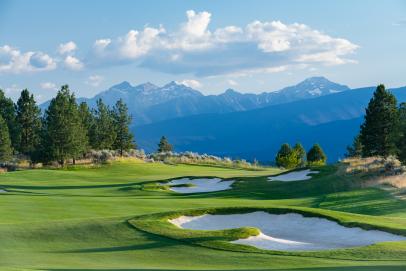By The Numbers
Our definitive ranking of the best states for public golf
Last year when we published our latest America’s 100 Greatest and Second 100 Greatest Courses rankings, we tallied up the states with the most courses on the lists to determine which state has the best golf in the United States. This offered a definitive look at the states with the greatest architecture, but since the list was dominated by private clubs, it neglected the experience of the everyday golfer.
Now, with the data from our latest America’s 100 Greatest Public ranking, we’re applying the same method to determine which state has the greatest public golf. What is so interesting when you compare the leading states in these two lists is that they are quite different. California, New York and Florida, for example, are The Big 3 in our ranking of the best overall golf states, but only California cracks the top five in our public ranking.
Other states, like Wisconsin—named here as the best state for public golf—prioritize excellent public-access courses but lack as many elite private clubs of many other states. In taking these two rankings together, California comes out as the state with the best combination of private and public golf, ranking near the top on both lists.
Scroll on for the complete ranking of the best states for public golf, and be sure to click through to each individual course page for bonus photography and reviews from our course panelists. We also encourage you to leave your own ratings on the courses you’ve played … so you can make your case for why a course should be higher or lower on our rankings.
Editor's Note: The ranking listed next to each course is its position on our latest America's 100 Greatest Public Courses ranking.
1. Wisconsin (10)
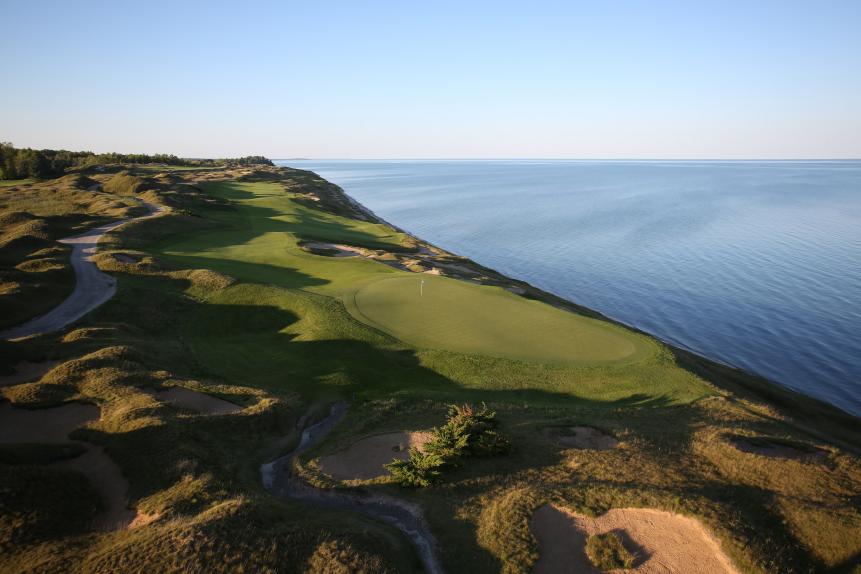


18. Blackwolf Run: River
26. Sand Valley Golf Resort: Mammoth Dunes
52. Sentryworld
56. Whistling Straits: Irish
62. The Golf Courses of Lawsonia: Links
74. Blackwolf Run: Meadow Valleys
88. The Bull at Pinehurst Farms
T-2. California (9)
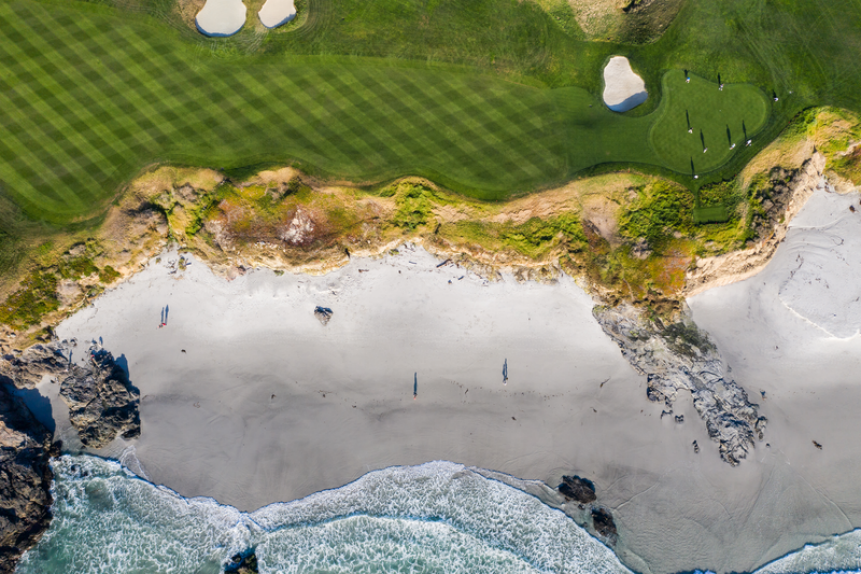
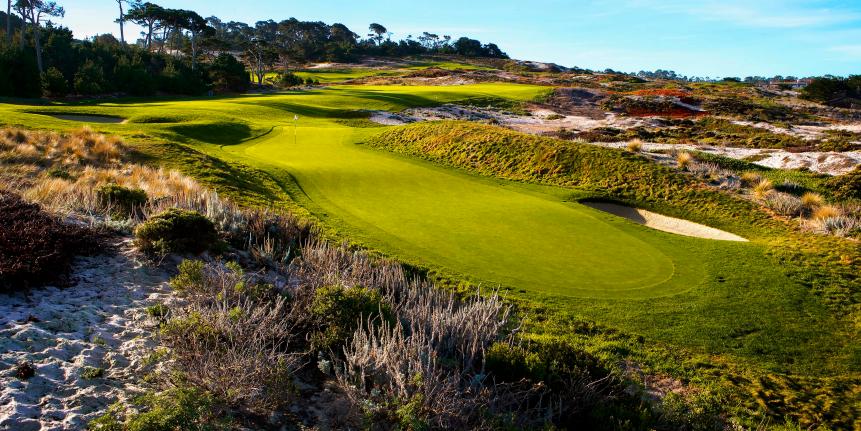
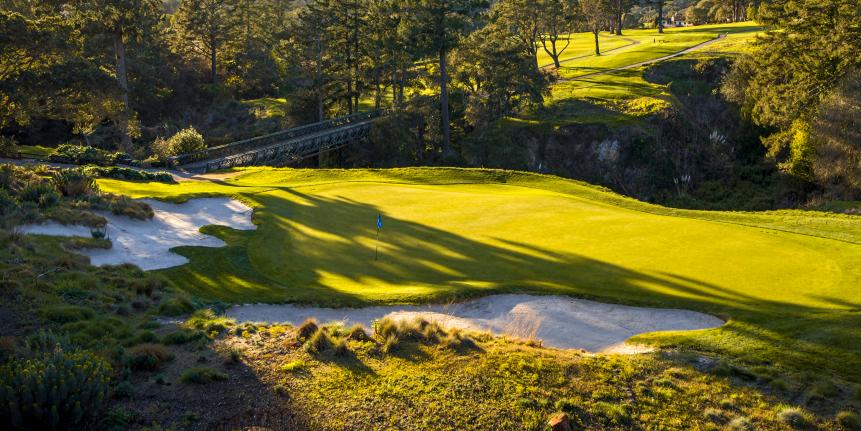
35. Torrey Pines Golf Cse.: South
46. Cordevalle G.C.
48. The Links at Spanish Bay
49. PGA West: Stadium
87. Poppy Hills G. Cse.
91. Rams Hill G.C.
T-2. Michigan (9)


From Golf Digest Architecture Editor emeritus Ron Whitten: The Tom Weiskopf-designed Forest Dunes in Michigan is a terrific layout on a terrific piece of property, with sand dunes deposited by the nearby Au Sable River and covered with mature pines. But it's not a unique piece of property. When I first played it, I was struck by how much Forest Dunes resembles a Texas course designed by Weiskopf's former partner, Jay Morrish. That course, Pine Dunes in Frankston, Texas, is built on much the same terrain, sand dunes covered in pines.
Though they were working at the same time on their respective projects (Forest Dunes was completed in 2000 but didn't open until 2002; Pine Dunes opened in 2001), I don't think Weiskopf or Morrish had any idea that they were working on such similar courses, and I don't think they stole each other's ideas. But it's uncanny how they created kissing-cousin courses. Or maybe not. The two worked together for over a decade before splitting up in 1996, and they shared a common philosophy of course design.
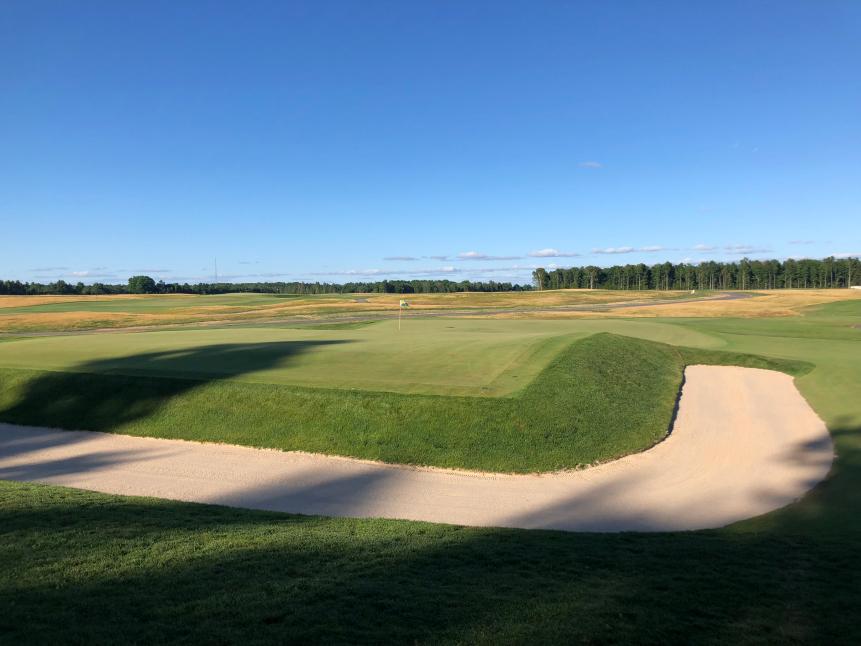
58. The Loop Black Cse. at Forest Dunes
59. Greywalls at Marquette G.C.
69. The Loop Red Cse. at Forest Dunes
73. Tullymore Golf Resort
90. The G.C. at Harbor Shores
98. Belvedere G.C.
4. Oregon (8)
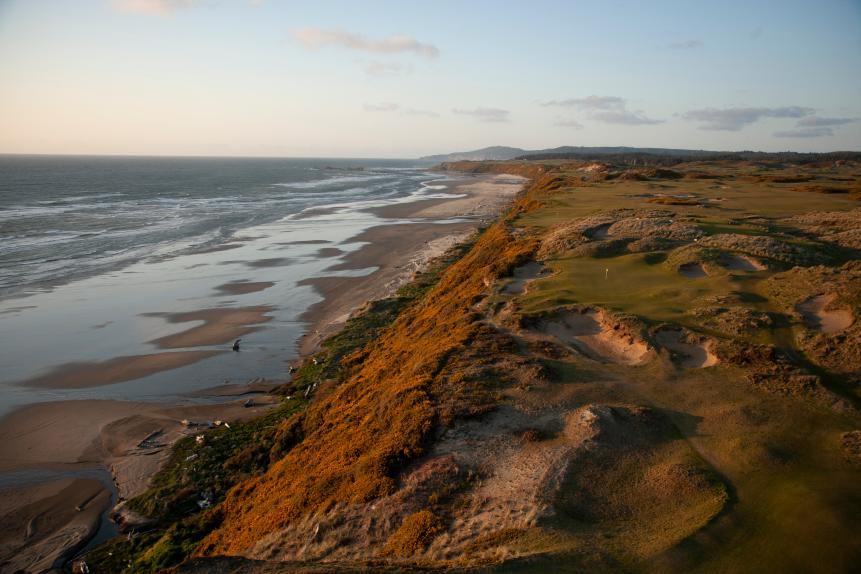
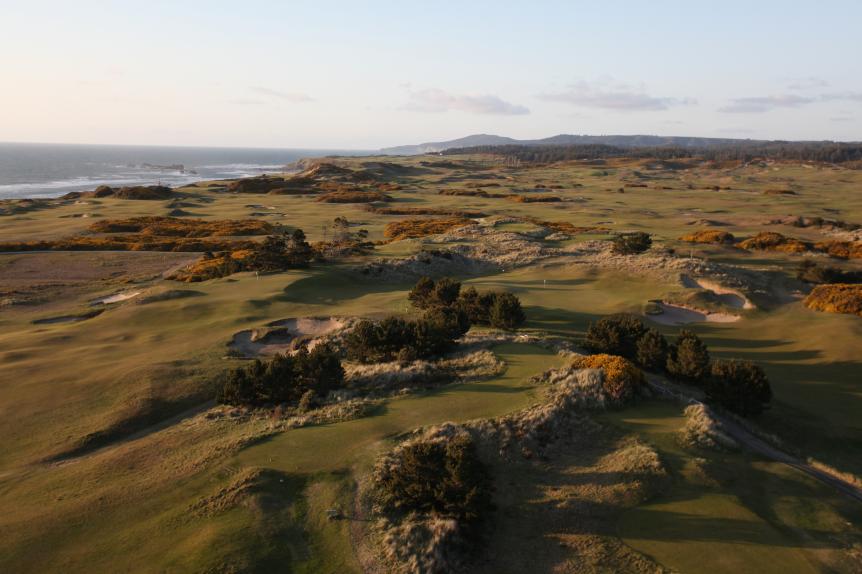
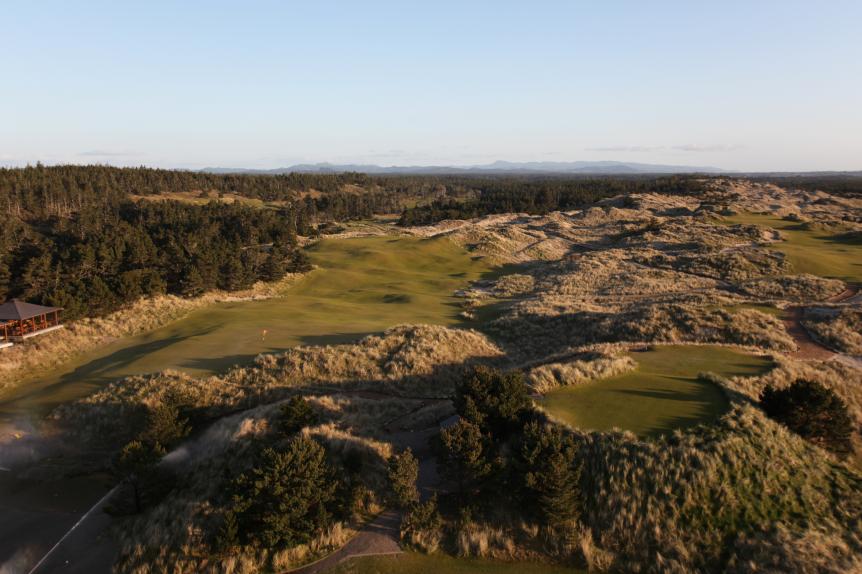
13. Bandon Dunes Golf Resort: Old Macdonald
16. Bandon Dunes Golf Resort: Sheep Ranch
42. Pronghorn Resort: Nicklaus
54. Crosswater G. Cse.
57. Tetherow G.C.
5. North Carolina (7)

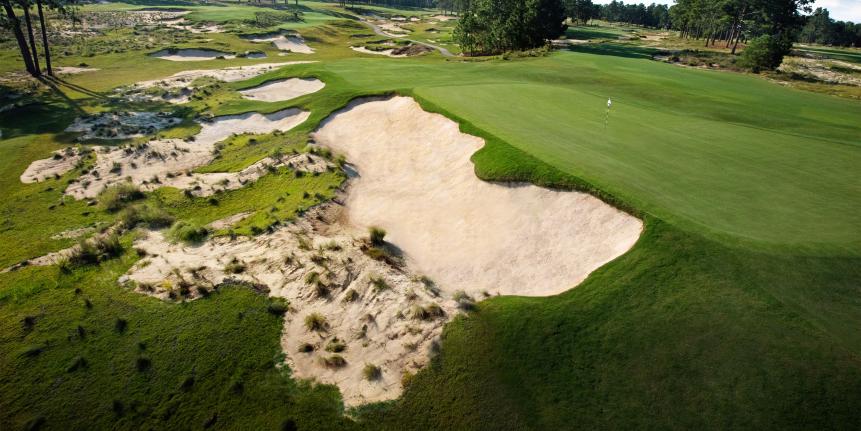
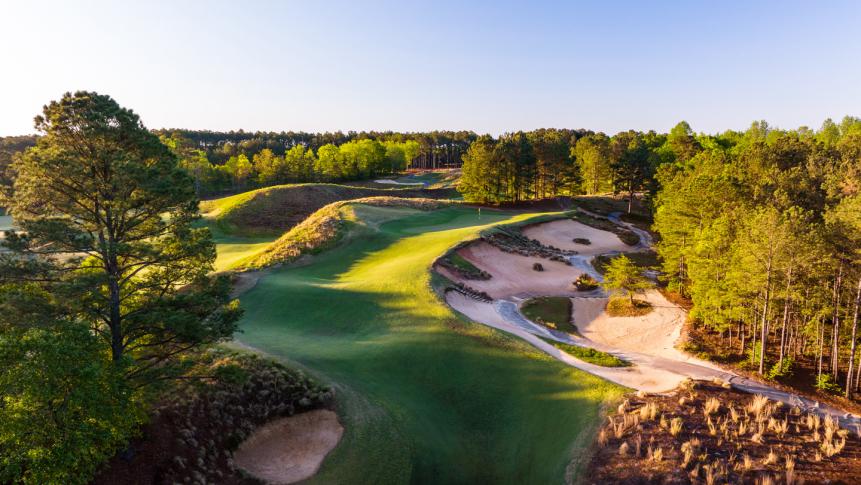
T-6. Florida (5)
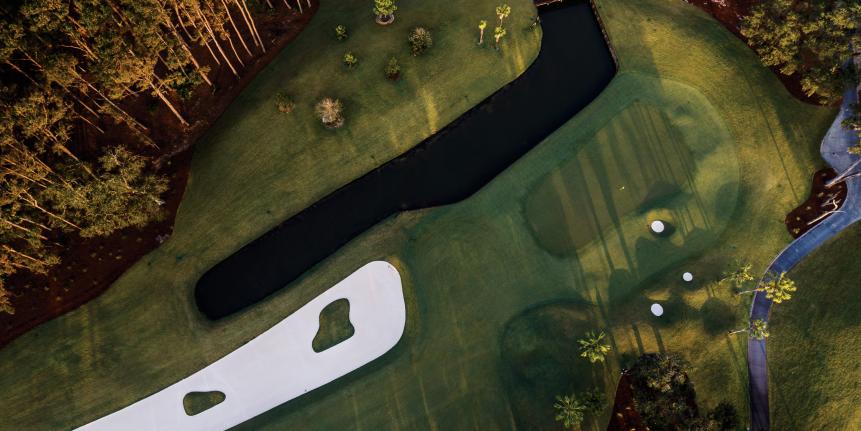
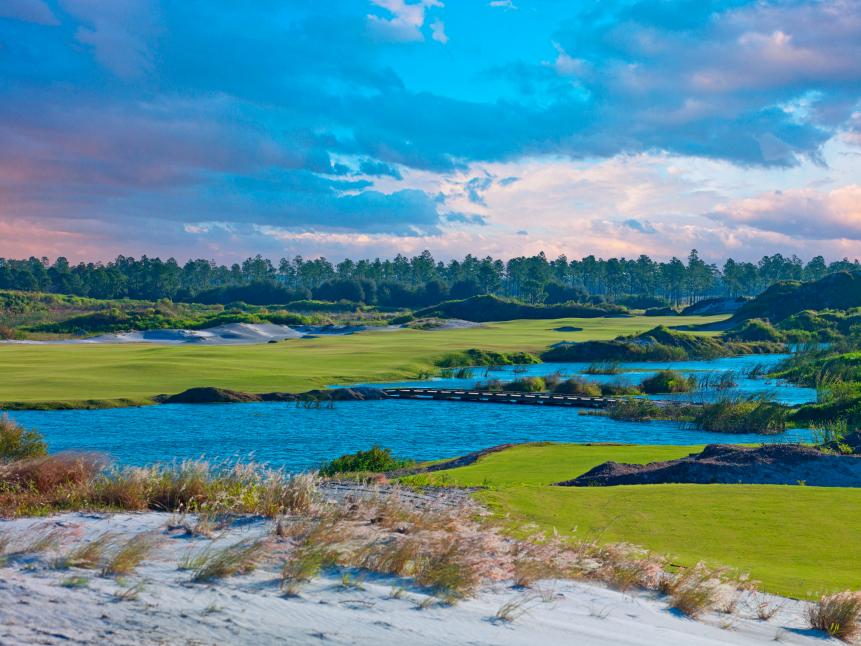
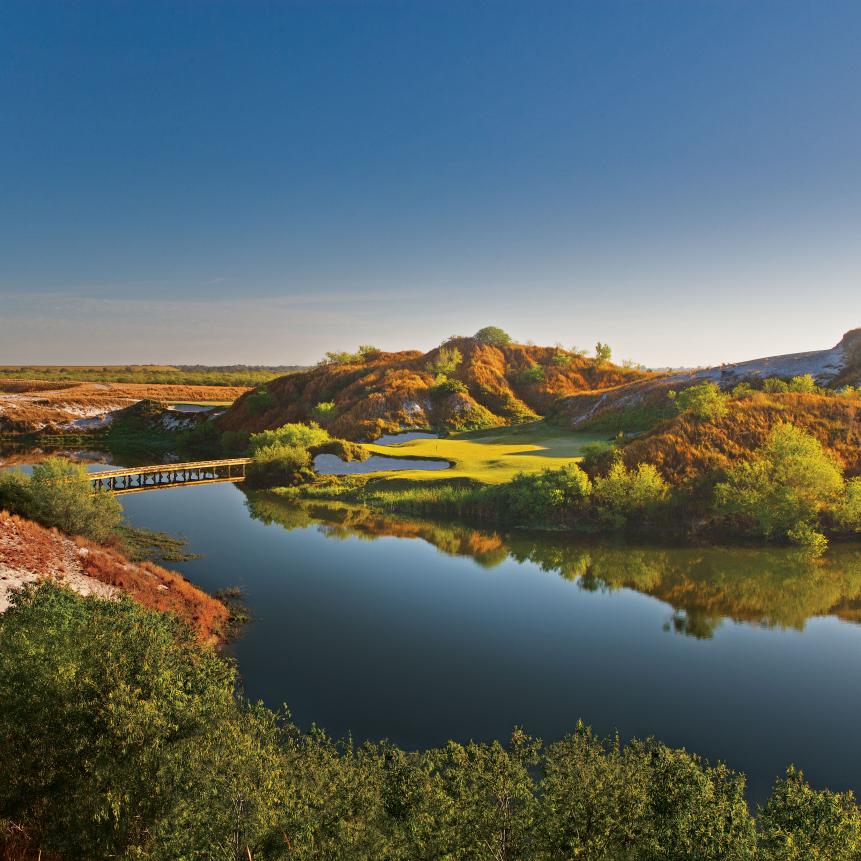
T-6. Nevada (5)
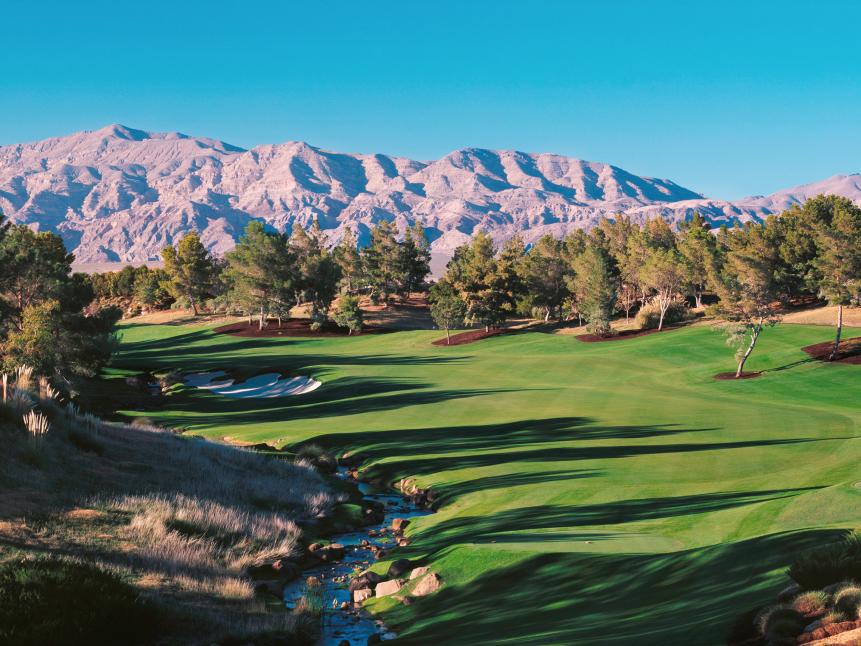

_Credit%20Dave%20Burk.jpg.rend.hgtvcom.861.574.suffix/1668111742331.jpeg)
• • •
Explore Golf Digest's new Course Reviews section where you can submit a star rating and evaluation on all the courses you’ve played. We've collected tens of thousands of reviews from our course-ranking panelists to deliver a premium experience, which includes course rankings, experts' opinions, bonus course photography, videos and much more. Check it out here!



